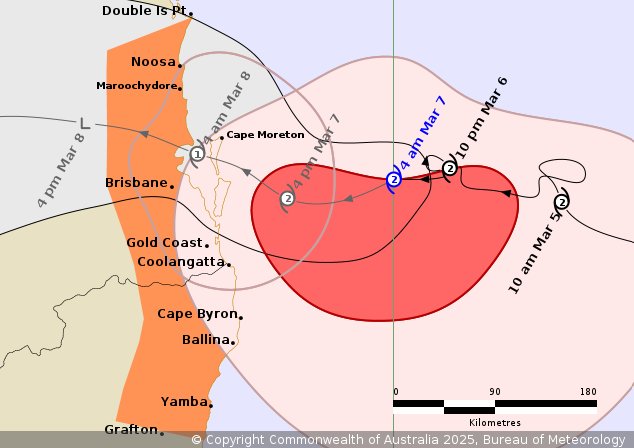
Guide to Investing Australia’s Property Market
Are you considering investing in property in Australia but unsure where to start? Look no further. Australia’s real estate market offers numerous opportunities for investors seeking lucrative returns. In this comprehensive guide, we’ll delve into the best places for investment property in Australia, rental yields, investment strategies, and essential tips to help you make informed decisions.
Exploring the Best Places for Investment Property in Australia
Finding Your Ideal Location
Investing in property is not just about finding any property; it’s about finding the right property in the right location. From bustling city centers to serene coastal towns, Australia boasts diverse landscapes and investment prospects. Let’s explore some key locations:
1. Melbourne: The Cultural Capital
Melbourne consistently ranks among Australia’s top cities for property investment. With its vibrant cultural scene, excellent infrastructure, and robust rental market, Melbourne offers investors a diverse range of opportunities.
2. Sydney: Australia’s Financial Hub
Sydney’s property market remains one of the most sought-after in Australia. Despite higher entry costs, Sydney’s strong economy, iconic landmarks, and high demand for rental properties make it an attractive option for investors.
Understanding Rental Yields and Returns
3. Rental Yield Explained
Rental yield is a crucial metric for property investors, indicating the potential return on investment from rental income. It is calculated as a percentage of the property’s value and can vary depending on location, property type, and market conditions.
4. Best Rental Yield Suburbs
Identifying suburbs with high rental yields is essential for maximizing returns on investment. Suburbs with strong rental demand, limited supply, and proximity to amenities often offer attractive rental yields.
Navigating Investment Strategies
5. Long-Term vs. Short-Term Investments
Investors must decide between long-term and short-term investment strategies based on their financial goals, risk tolerance, and market conditions. Long-term investments offer stability and potential capital appreciation, while short-term investments provide quicker returns but may involve higher risks.
6. Diversification: Mitigating Risk
Diversifying your property portfolio across different locations and property types can help mitigate risk and optimize returns. By spreading your investments, you can minimize the impact of market fluctuations and economic downturns.
Tips for Successful Property Investment
7. Conduct Thorough Research
Before making any investment decisions, conduct comprehensive research on the local property market, economic trends, rental demand, and regulatory changes. Informed decision-making is key to successful investing.
8. Seek Professional Advice
Consulting with experienced real estate agents, financial advisors, and property managers can provide valuable insights and guidance throughout the investment process. Their expertise can help you navigate complexities and identify lucrative opportunities.
FAQs (Frequently Asked Questions)
– What are the key factors to consider when investing in property in Australia?
– Location, market trends, rental yields, and economic indicators are critical factors to consider when investing in Australian property.
– Is it better to invest in residential or commercial property?
– Both residential and commercial properties offer unique advantages and risks. Investors should assess their financial goals and risk tolerance before deciding on the property type.
– How can I finance my property investment in Australia?
– Financing options include bank loans, mortgages, self-managed super funds (SMSFs), and partnerships. It’s essential to explore various financing options and choose the one that aligns with your investment strategy.
– What are the tax implications of property investment in Australia?
– Property investors need to be aware of tax obligations, including rental income tax, capital gains tax (CGT), and stamp duty. Seeking advice from tax professionals can help optimize tax efficiency.
– How do I assess the potential rental yield of a property?
– Calculate the rental yield by dividing the annual rental income by the property’s value and multiplying by 100. Factors such as vacancy rates, rental demand, and property management costs also influence rental yield.
– Are there any emerging property markets in Australia worth considering?
– Emerging property markets, such as Brisbane, Adelaide, and Perth, offer promising investment opportunities due to affordability, infrastructure developments, and population growth.
Investing in property in Australia can be a rewarding venture for savvy investors. By understanding the best places to invest, rental yields, investment strategies, and essential tips, you can navigate the property market with confidence and maximize your returns. Remember to conduct thorough research, seek professional advice, and diversify your investments to build a robust property portfolio.
This is general advice only, for specific legal advice, speak with your expert legal representative, accountant or real estate Agent.




